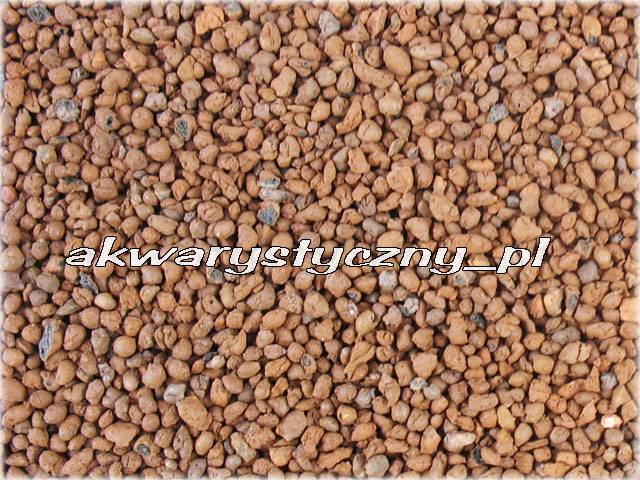Tank is 150L, been set up for just over a year now. Has 2 x 30 watt T8 bulbs, one 7500K and one more pink one that I can't find it's K value but designed for plants. There are JBL Kugeln 7+13 balls in the substrate for all plants, and I dose with Flourish Comprehensive once a week after water change. No CO2. Plants are all low-medium light plants. 1200L p/h filter with surface agitation along the length of the tank.
No real issues here, but I would change the tubes. In answer to your subsequent email, yes, tubes need changing regularly, and with T8, about 12 months is it. I have gone about 15 months with good tubes (the Hagen Life-Glo) but this was pushing things. As tubes burn the intensity of light produced weakens, and around 12 months it is probably getting close to be insufficient for photosynthesis. Algae can appear as it is not so fussy. So with a change in store, you might want to look at better spectrum. Plants have been proven to respond best to light in the 5000K to 7000K range, or a CRI (colour rendering index) range of 80 to 100. With one tube, the "Daylight" type with 6500K are about the best, but when you have two tubes you can mix for a nice effect. I prefer one 6500K and one 5000K, or close. The lower the Kelvin number the warmer (more red, less blue) and the higher the K the cooler (more blue, less red). The so-called aquarium or plant tubes provide peaks in the red and blue wavelength which is essential for photosynthesis, but they are often less intense light and the purplish hue I find unpleasant. The "Daylight" renders true colours. If you can get the Hagen "Glo" series, or the ZooMed series, I can pin this down to suitable tubes as I have used all of these.
About 6 months ago I had to do a bacteria/fungal treatment of the entire tank with a methyl blue based medication. This seemed to be the start of the demise of my plants, and from then the ones that were there at the time died off and all new plants added seem to start dying within a month. I wonder if there's residue left in the current sand that the plants aren't liking?
Many treatments can be detrimental to plants, and any with methylene blue (or malachite green is another) can devastate plants. Some may recover, many do not. Some treatments will linger, being absorbed by wood, rock, filter media, substrate. But here I would suggest that the initial effect of the treatment did the plants in, and this is not now an issue. It is more likely the light/plants.
Many of the plants seem to lose leaves and rot near the bottom, while still showing new growth at the top (albeit minimal). The roots are often looking a bit rotten when I pull them out, and there's not many to each plant. The issues all being at the bottom of the plant is what lead me to believe there may be something in the substrate causing the issues?
Which specific plant species are we dealing with here? If these are stem plants, it is common because of the light. The roots is likely a nutrient issue. We can explore this further.
The sand is a light silica sand. Not sure if we can get suitable "play sand" here, have never heard of it.
As long as the sand is not at all rough, the fish should be fine. I like play sand because it is refined more than any other sand, since it is intended for children's play sand boxes, under swings and such. But so long as the sand is not rough or sharp, it should be fine. The darker the better, but here just avoid pure white.
Do you guys get JBL Manado? It's like a small, rounded, very light & porous gravel made of 100% red scoria. Has no nutrients added, but is designed to hold nutrients as well as beneficial bacteria and be easy for plants to spread roots through. It's small and light enough that cory could easily move it around and sift through it without damaging their sensitive barbels, but not quite the same effect as sand. Happy safe medium for them? I have 6 Julii Cory. Have had them all for just over a year now, going well
Concerning the corys, if this product is not at all rough or sharp, it should suffice if you already have it in their tank. But I would not put them in a tank with this if at all possible. As I think I mentioned in another post, sifting sand through their gills is a natural behaviour. To watch corys upend themselves with half their head buried, and then see sand flying out their gills, is worth it. For years I maintained many corys over fine gravel, a bit smaller than this material in the photos, but the change to sand was very noticeable in their response. I don't recommend anything but sand for corys and other substrate-interactive fish.
As for the plants, this should work. I've no idea how it might retain nutrients...that was one of the issues I had with Flourite. These claims of manufacturers are sometimes difficult if not impossible to substantiate. Plant roots in the substrate take up certain nutrients from the water in the substrate, and water being such a tremendous solvent, it will readily assimilate nutrients from the substrate.





